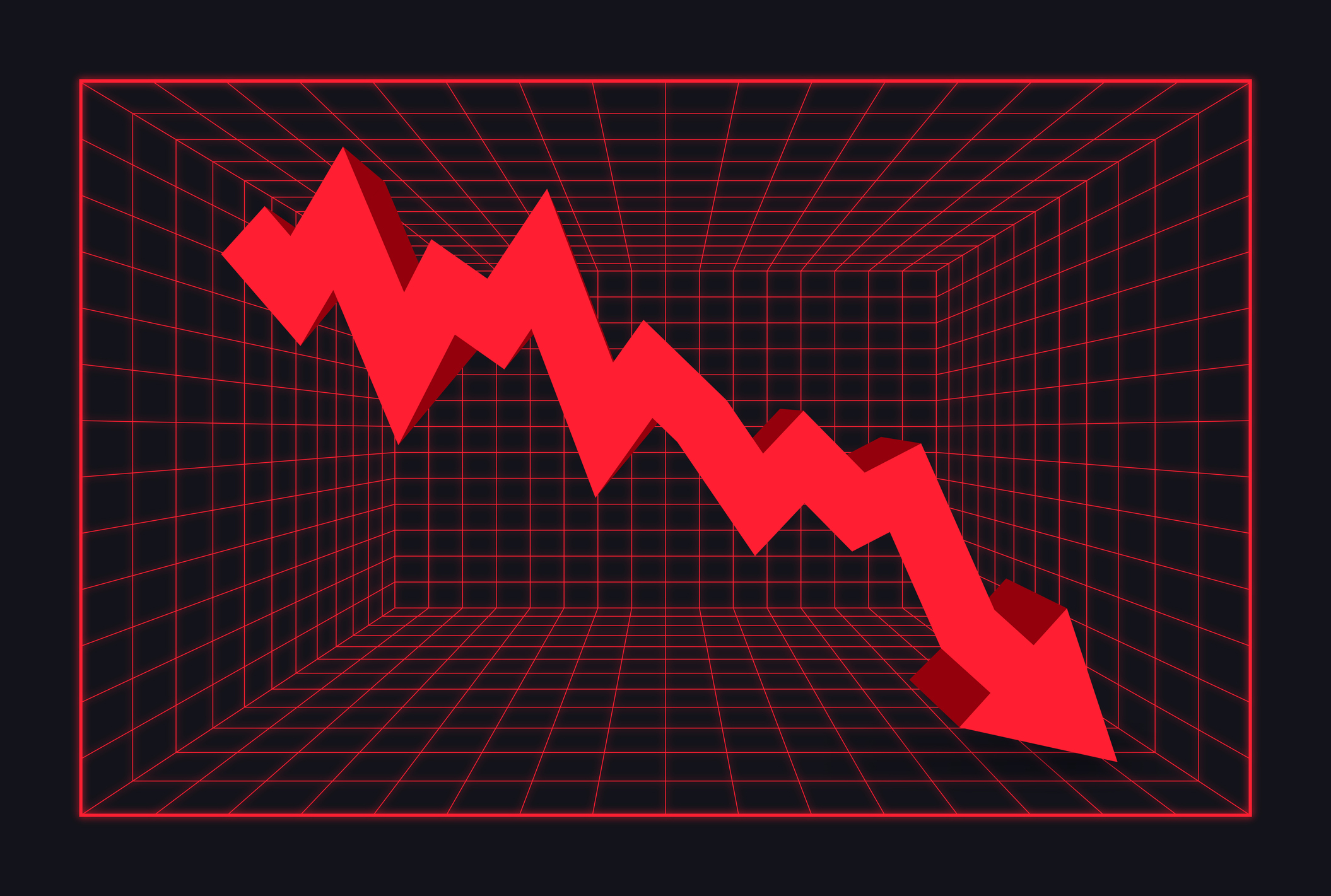Option-Income CEFs May Be a Smarter Choice
Buying options is risky. But selling a call against a stock you own is a conservative strategy.

Last month I whistled a flagrant foul on closed-end funds that use legerdemain to pay fat distributions (not dividends per se) but do so at the cost of the erosion of the funds' asset values. This month I offer a better alternative: closed-end funds that distribute cash at an annual rate of 8% to 16% by selling covered call options and passing along the proceeds to shareholders.
SEE OUR SLIDE SHOW: How to Be a Better Fund Investor
There are roughly 30 option-income CEFs (get the list). They run the gamut from funds that focus on the 30 stocks in the Dow Jones industrials to those that sell options on emerging-markets stocks.
From just $107.88 $24.99 for Kiplinger Personal Finance
Be a smarter, better informed investor.

Sign up for Kiplinger’s Free Newsletters
Profit and prosper with the best of expert advice on investing, taxes, retirement, personal finance and more - straight to your e-mail.
Profit and prosper with the best of expert advice - straight to your e-mail.
Key advantages. Whatever their strategy, option-income CEFs share two virtues. First, all trade at discounts to their net asset value per share. Second, these funds are ideal for a market stuck in a fairly narrow trading range -- that is, the sort we've experienced for much of the past year.
To see why, you need to understand how a covered-call strategy works. A call option gives its holder the right to buy, or call, a stock from the option's seller at a certain price by a certain date. Buying options is risky. But selling a call against a stock you own is a conservative strategy. By doing so, you limit the potential appreciation of your stocks, but you generate additional income through the sale of the options. And if you sell calls against such sturdy blue chips as AT&T and McDonald's, you collect not only option income but also a steady stream of dividends. (This is not to say these are buy-and-forget funds; if the stock market crashes, option-income funds will suffer, too.)
Option-income funds designate much of their distributions as a "return of capital," a phrase that suggests you're not getting a true dividend. But just as there is good cholesterol and bad cholesterol, there are good and bad returns of capital. Cash inflows from option sales are repeatable and sustainable. So, unless an options-based fund is mismanaged, it shouldn't suffer the long-term erosion of NAV that plagues CEFs that regularly liquidate assets to maintain high payouts.
A good way to tell whether an options-selling CEF is okay to own is to study the data in shareholder reports. Specifically, says options expert Greg Pugh, compare the "net increase in net assets from operations" with total cash distributions. If the increase in net assets exceeds the payout or lags it only slightly, "that will give you a good feel for the sustainability of the distribution," he says.
For example, in 2010, Eaton Vance Enhanced Equity Income II (symbol EOS) distributed $6 million more than its assets grew, counting income from selling options. If such losses were to continue uninterrupted, the fund's net asset value would eventually come under pressure. But in the first half of 2011, the fund's increase in assets exceeded its payouts by $3.3 million, so over an 18-month period, the fund barely had to dip into its resources to cover the $95 million it made in payouts. In a fund as large as this one is (assets total $578 million), such a small loss is acceptable. Based on the past year's distributions, the fund yields 9.3% on NAV. And because the shares, at $10, trade at a 13% discount to NAV, the yield on the share price is a fat 10.6% (prices are as of January 6).
Below are three other CEFs I like, along with share prices, discounts to NAV and current yields based on share prices: Dow 30 Premium & Dividend Income (DPD; $13; 7% discount; 8.0% yield), which is managed by Nuveen, sells calls against the stocks in the Dow Jones industrials. Nuveen Equity Premium & Growth (JPG; $12; 13% discount; 9.1% yield) builds a portfolio designed to track Standard & Poor's 500-stock index, then sells index call options on about 80% of the fund's holdings. Cohen & Steers Global Income Builder (INB; $10; 12% discount; 11.7% yield) divides its assets nearly evenly between U.S. and foreign stocks. Unlike the other CEFs, Cohen & Steers uses borrowed money to lift returns. That increases risk.
Profit and prosper with the best of Kiplinger's advice on investing, taxes, retirement, personal finance and much more. Delivered daily. Enter your email in the box and click Sign Me Up.

Kosnett is the editor of Kiplinger Investing for Income and writes the "Cash in Hand" column for Kiplinger Personal Finance. He is an income-investing expert who covers bonds, real estate investment trusts, oil and gas income deals, dividend stocks and anything else that pays interest and dividends. He joined Kiplinger in 1981 after six years in newspapers, including the Baltimore Sun. He is a 1976 journalism graduate from the Medill School at Northwestern University and completed an executive program at the Carnegie-Mellon University business school in 1978.
-
 Moves to Manage the Soaring Costs of Owning a Car
Moves to Manage the Soaring Costs of Owning a CarIt's costing more and more to keep a car on the road, but you can drive some costs down. Here's how to get a better deal on insurance premiums, repairs and gas
-
 Here's What You'd Have If You Invested $1,000 Into Coca-Cola Stock 20 Years Ago
Here's What You'd Have If You Invested $1,000 Into Coca-Cola Stock 20 Years AgoEven with its reliable dividend growth and generous stock buybacks, Coca-Cola has underperformed the broad market over the long term.
-
 Stocks Extend Win Streak on Black Friday: Stock Market Today
Stocks Extend Win Streak on Black Friday: Stock Market TodayThe main indexes notched wins in Friday's shortened session, with the blue-chip Dow Jones Industrial Average closing higher on the month.
-
 Dow Adds 314 Points to Thanksgiving Rally: Stock Market Today
Dow Adds 314 Points to Thanksgiving Rally: Stock Market TodayInvestors, traders and speculators enjoy the best Thanksgiving Week gains for the major stock market indexes in more than a decade.
-
 Dow Gains 664 Points as Rate-Cut Hopes Rise: Stock Market Today
Dow Gains 664 Points as Rate-Cut Hopes Rise: Stock Market TodayMarkets are pricing in higher odds for a December rate cut, fueling a major rally in stocks ahead of the Thanksgiving holiday.
-
 Nasdaq Rises 2.7% as Musk Tweets TSLA Higher: Stock Market Today
Nasdaq Rises 2.7% as Musk Tweets TSLA Higher: Stock Market TodayMarkets follow through on Friday's reversal rally with even bigger moves on Monday.
-
 Dow Soars 493 Points in Fed-Fueled Bounce: Stock Market Today
Dow Soars 493 Points in Fed-Fueled Bounce: Stock Market TodayNew York Fed President John Williams struck a dovish tone Friday, which eased Wall Street's worries over a potential December pause.
-
 Dow Erases 717-Point Gain to End Lower: Stock Market Today
Dow Erases 717-Point Gain to End Lower: Stock Market TodayThe main indexes started the day with solid gains, but worries of an AI bubble weighed on stocks into the close.
-
 S&P 500 Snaps Losing Streak Ahead of Nvidia Earnings: Stock Market Today
S&P 500 Snaps Losing Streak Ahead of Nvidia Earnings: Stock Market TodayThe Dow Jones Industrial Average also closed higher for the first time in five days, while the Nasdaq Composite notched a win too.
-
 Dow Trims Its Loss to 498 Points: Stock Market Today
Dow Trims Its Loss to 498 Points: Stock Market TodayMarkets are wondering more and more about returns on the enormous amounts of capital hyperscalers are investing in AI.